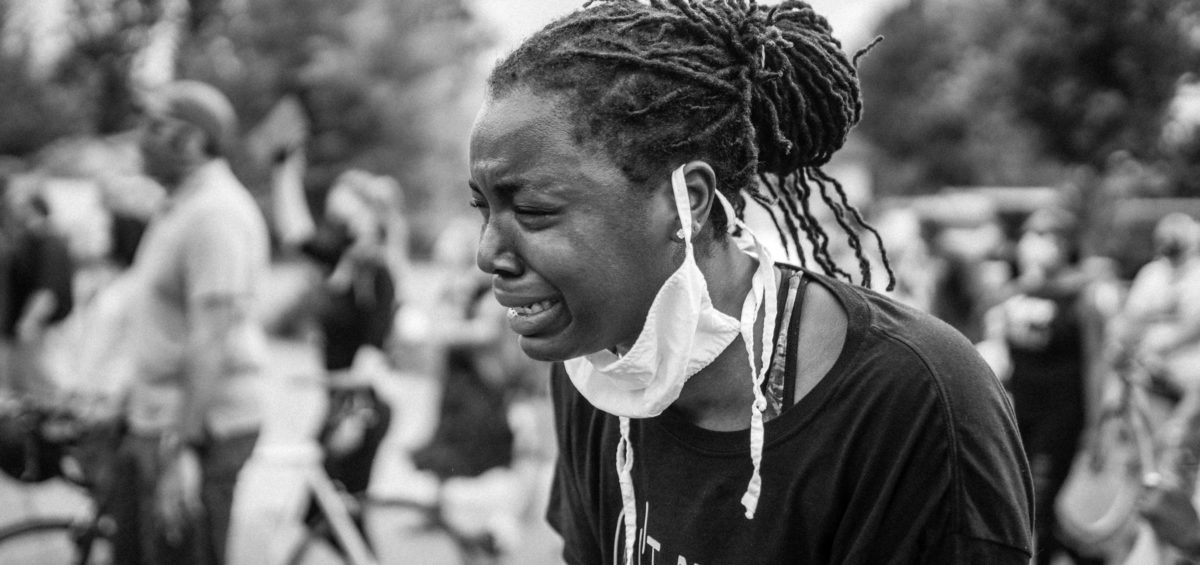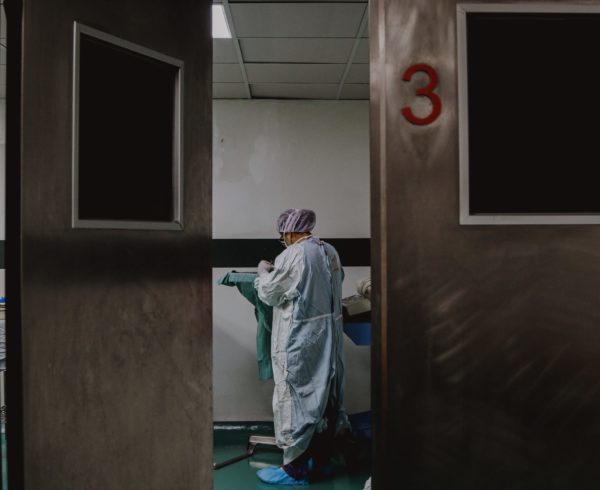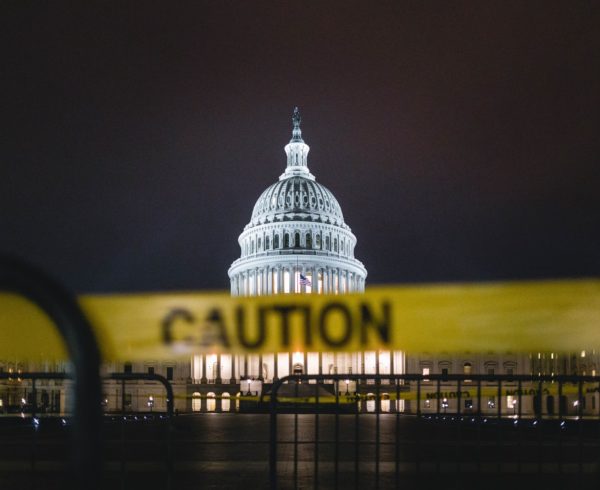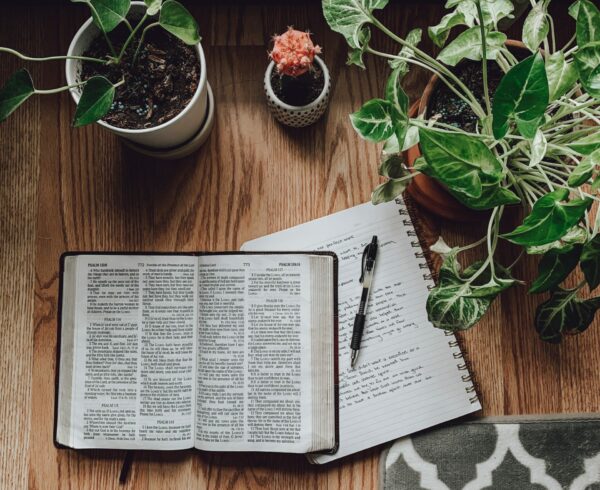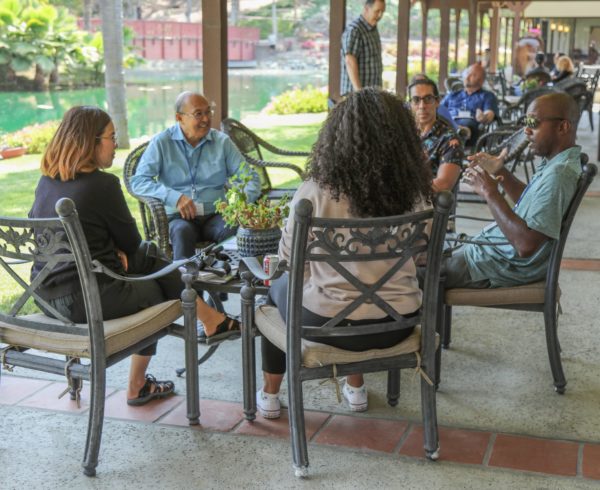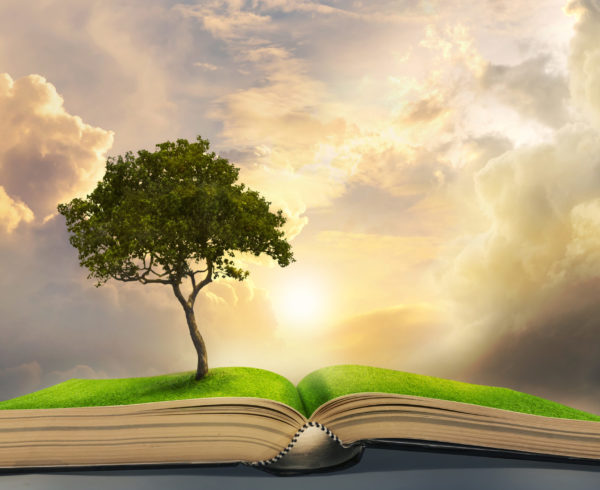I can still remember those raw emotions that came to the surface the first time I watched the unnerving video footage of George Floyd’s murder. It wasn’t just the fact that another black man had been killed by a police officer; it was that he was murdered in broad daylight in front of innocent bystanders–some of them children–and the officer seemed utterly careless that Floyd was suffocating to death.
George Floyd
One year ago today, a forty-six year old black man named George Floyd was murdered in the custody of four Minneapolis Police Officers (Derek Chauvin, Tou Thai, J. Alexander Kueng and Thomas Lane). Chauvin himself was the officer who infamously and inhumanely forced his knee into the neck of Floyd for nine minutes and twenty-nine seconds leading to his death.
Floyd’s death drew national and international attention after videos of Chauvin kneeling on Floyd’s neck were shared and watched countless times on YouTube and other social media like Facebook and Twitter.
Pandemic Time-Out
Floyd was not the first black man who had suffered and died from police brutality in American history, nor was he the last. With a sizable portion of the population working remotely (at the time) and many school districts being closed during state lockdowns across the US, many people around the country and world had much more time and space to watch the video.
It was as if the pandemic had afforded us the time that we would not have had otherwise. Perhaps tens of millions of people around the world watched the footage within the first week of his murder. And something deeply moving happened within many of us as we watched in horror and dismay as Chauvin callously let the life of Floyd slip away from him. We felt enormous compassion.
For some of us, Floyd’s death confirmed what we already knew to be true–America’s criminal justice system has been (and continues to be) unjust in its harsh treatment of people of color (particularly black men). We had already learned that following the Civil War and Reconstruction new forms of slavery began to be implemented in the Jim Crow South, in the Redlining North and in the systemic mistreatment of men and women of color by law enforcement all across the United States.
For many others not as familiar with US History post Lincoln, Floyd’s death began to strip down the allusion that systemic racism is mostly a thing of the past and that police brutality only shows up on occasion in America’s local police departments. “Surely, it’s just a few bad apples,” right?
Those who had once assumed America had grown past these kinds of brutal racist actions had to face the reality that one of America’s greatest sins was still very much alive and well among us.
It can be easy to ignore the problem of injustice if the injustice is not happening to you.
Visibly seeing Floyd suffocate allowed those of us who had little to no experience with the harsh boot of police brutality and racism to open our eyes just a little more…and to put ourselves in the shoes of someone else (in this case, a black man from Minneapolis)…who experienced life in ways that we only see in the movies or on the nightly news far away from our privileged lives.
Public Outrage and Protests
Within the first couple days of Floyd’s murder, protests sprouted up in major cities around the Unites States. Some were organized and some a bit disorganized. The BLM movement was rekindled and reenergized. People of all colors, nationalities and religions showed up on the streets to protest the killing of another black man at the hands of the police. And they showed up to do so peacefully in the tradition of the early Civil Rights leaders.
For others, unfortunately, the outrage translated into violence, burglary and defacing public property. Stores along main streets in major cities were broken into, fires were started and police were targeted. To make matters worse, law enforcement (both at the local level and national) doubled down by shooting rubber bullets, firing smoke bombs with tear gas and beating protesters.
News networks began showing the footage of both the peaceful protests and the violent riots. Whereas some news networks praised and admonished the peaceful protesters, others focused their attention primarily on the wreckage. In fact, some of the more sensational far right networks (like OAN, Newsmax and Fox) routinely went out of their way to show the violent riots and downplayed or flat out ignored that anything good was happening through the peaceful protests. The reality was that both forms (peaceful and violent) of protesting happened all across the country during the days and months following Floyd’s murder. Thankfully some networks were honest about both.
Equality is Costly
Where do we go from here? Protesting injustice through peaceful marches has been a common practice in our country’s past. You might say it runs through our veins. Marches have spotlighted social and economic inequality issues, and at times this has led to change. Sometimes that change has come in the form of public awareness. Sometimes that change has come in the form of new national and state policies and laws. But marches, new policies and new laws, while important and essential, have their limits.
The fight and movement toward equality takes the hard work of treating people humanely in the small everyday interactions with others at work, at home and in our neighborhoods.
It involves befriending someone who may look differently than you, talk differently than you and even eat differently than you. It involves getting to know people of all backgrounds, races and religions, opening your life up to them and allowing them to open up their life to you.
It is in these muddy, sticky and uncomfortable everyday situations that we discover ourselves in the eyes of others.
Only then can we learn how to live out and live into Jesus’ golden rule to treat other people the same way that we want to be treated.
For more on America’s history of racial inequality and systemic racism:
Watch a recent summary of Critical Race Theory put out by The Washington Post.
Watch the film 13th on Netflix (the YouTube link provides free access).
Read the article The Case for Reparations published in the Atlantic Magazine.
Read the book The Myth of Equality: Uncovering the roots of injustice and privilege by author Ken Wytsma (Peter’s former pastor) and published by InterVarsity Press.
More blogs by Peter on related topics:
Global Pandemic and the murder of George Floyd
Why Evangelicals are crossing party lines this election: Racial Equality Matters
Updated July 14, 2021

